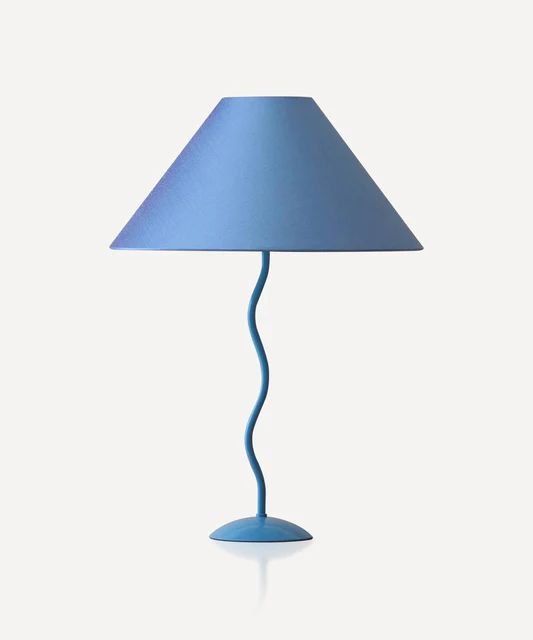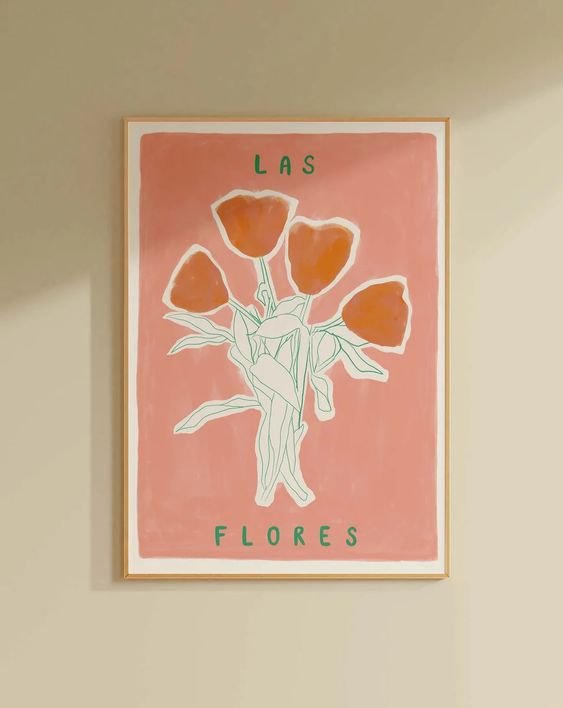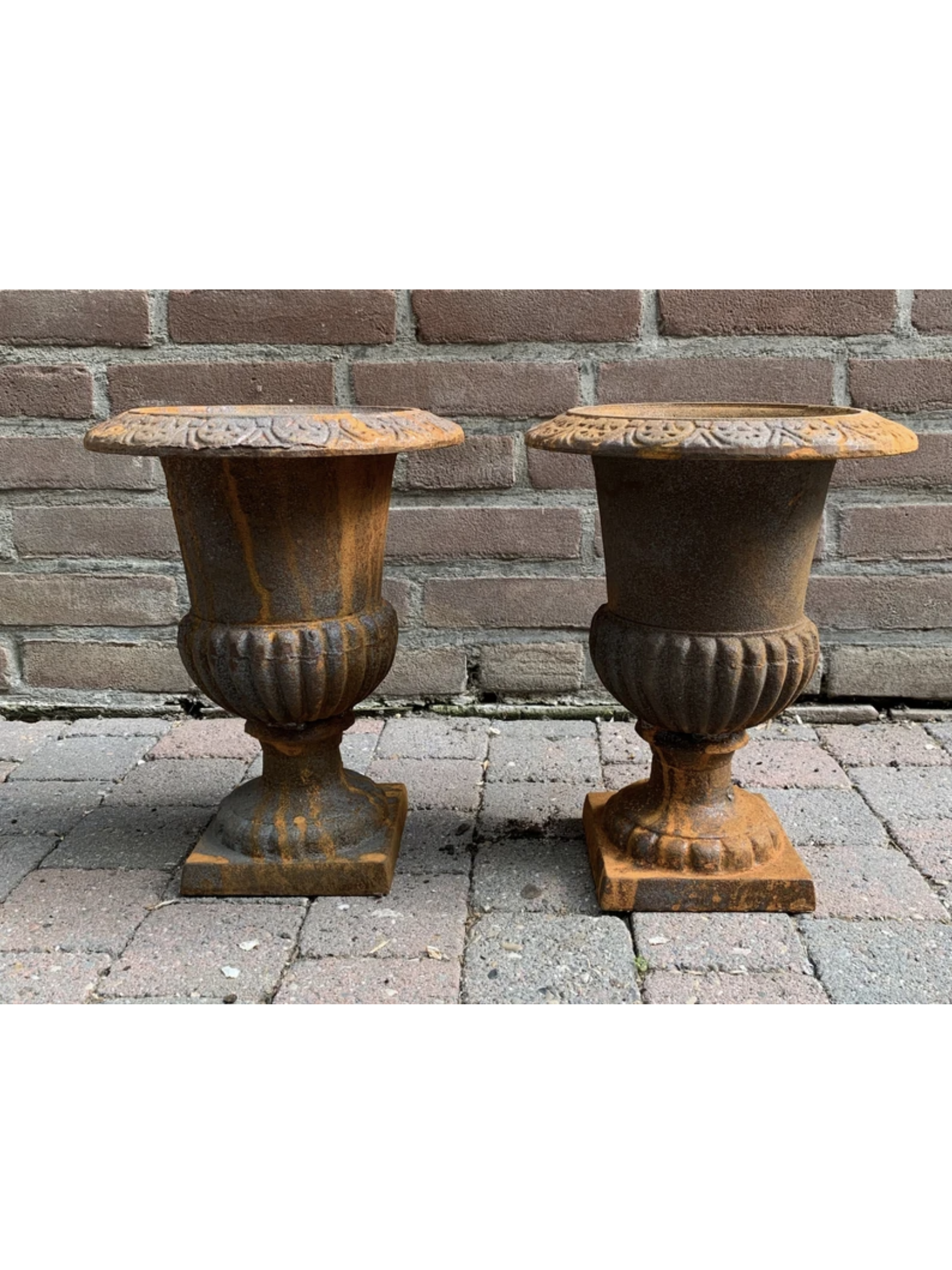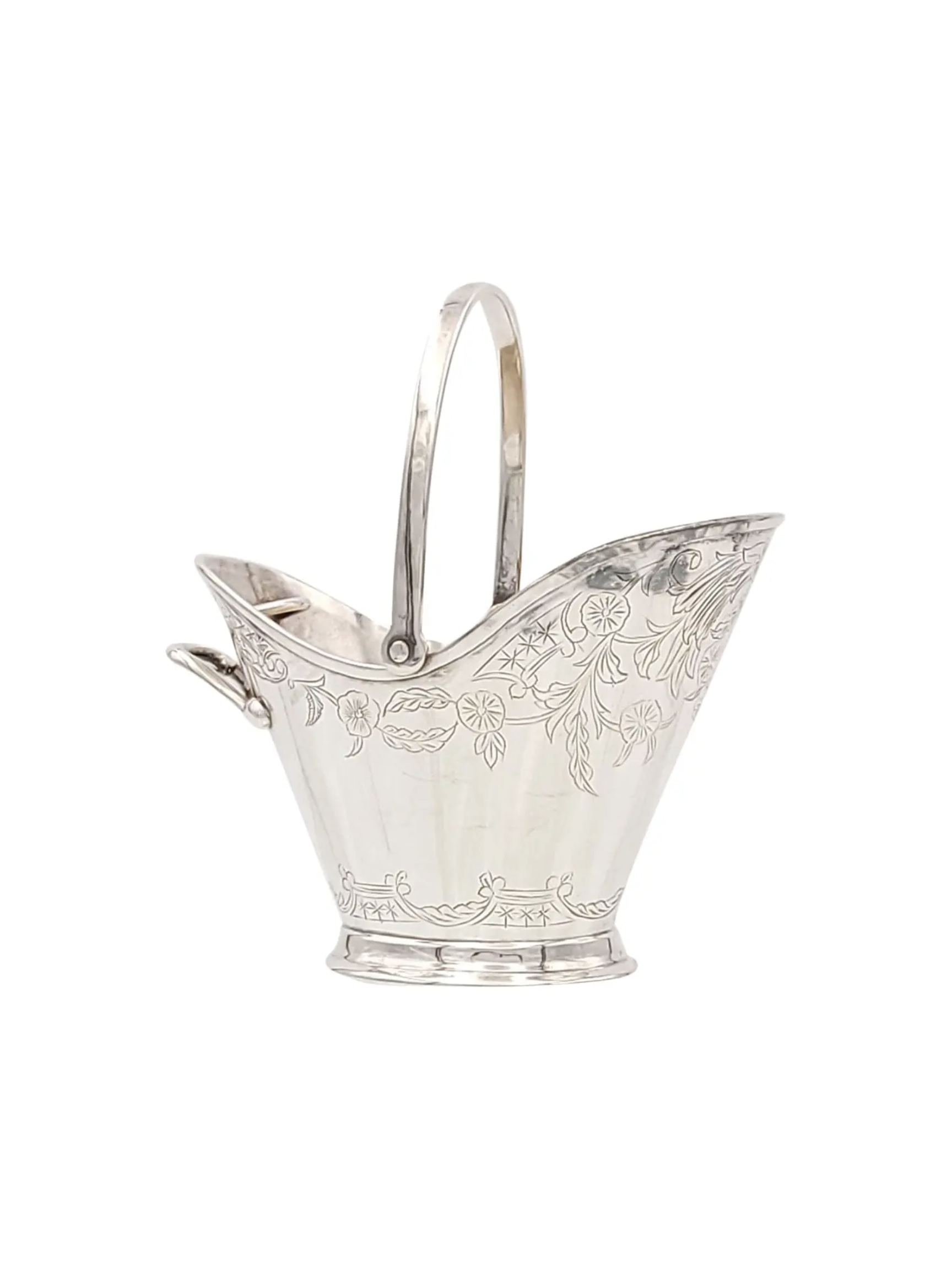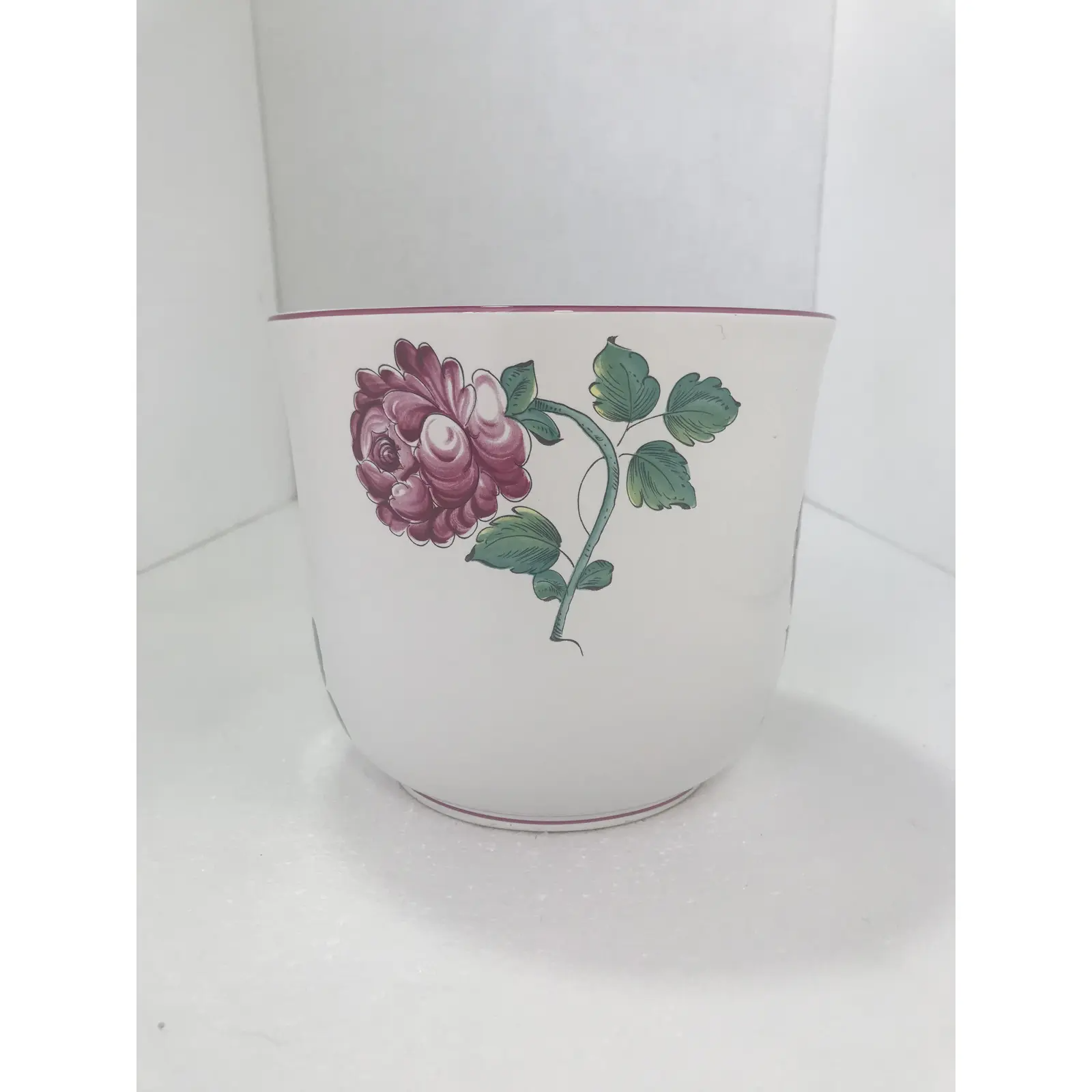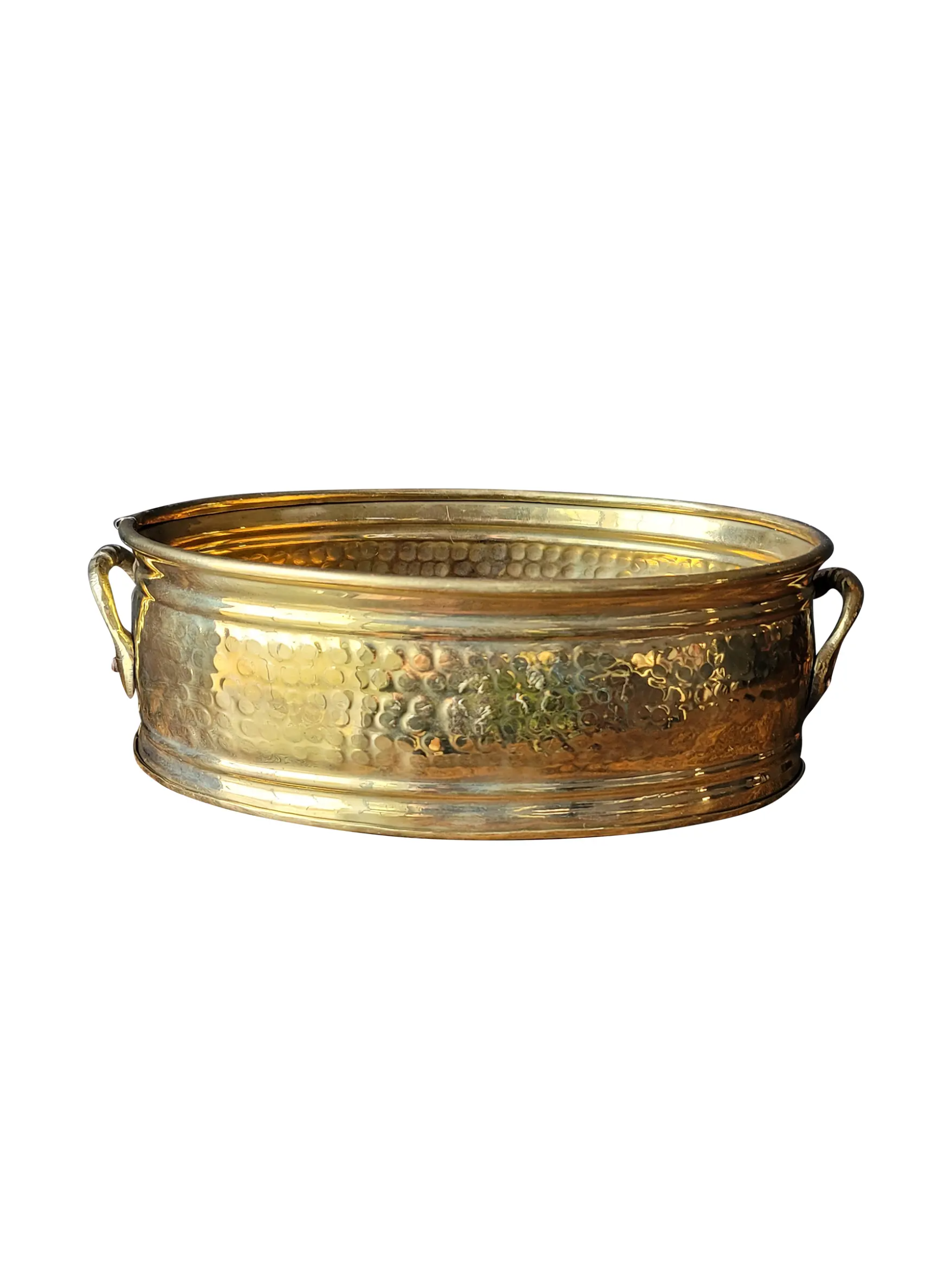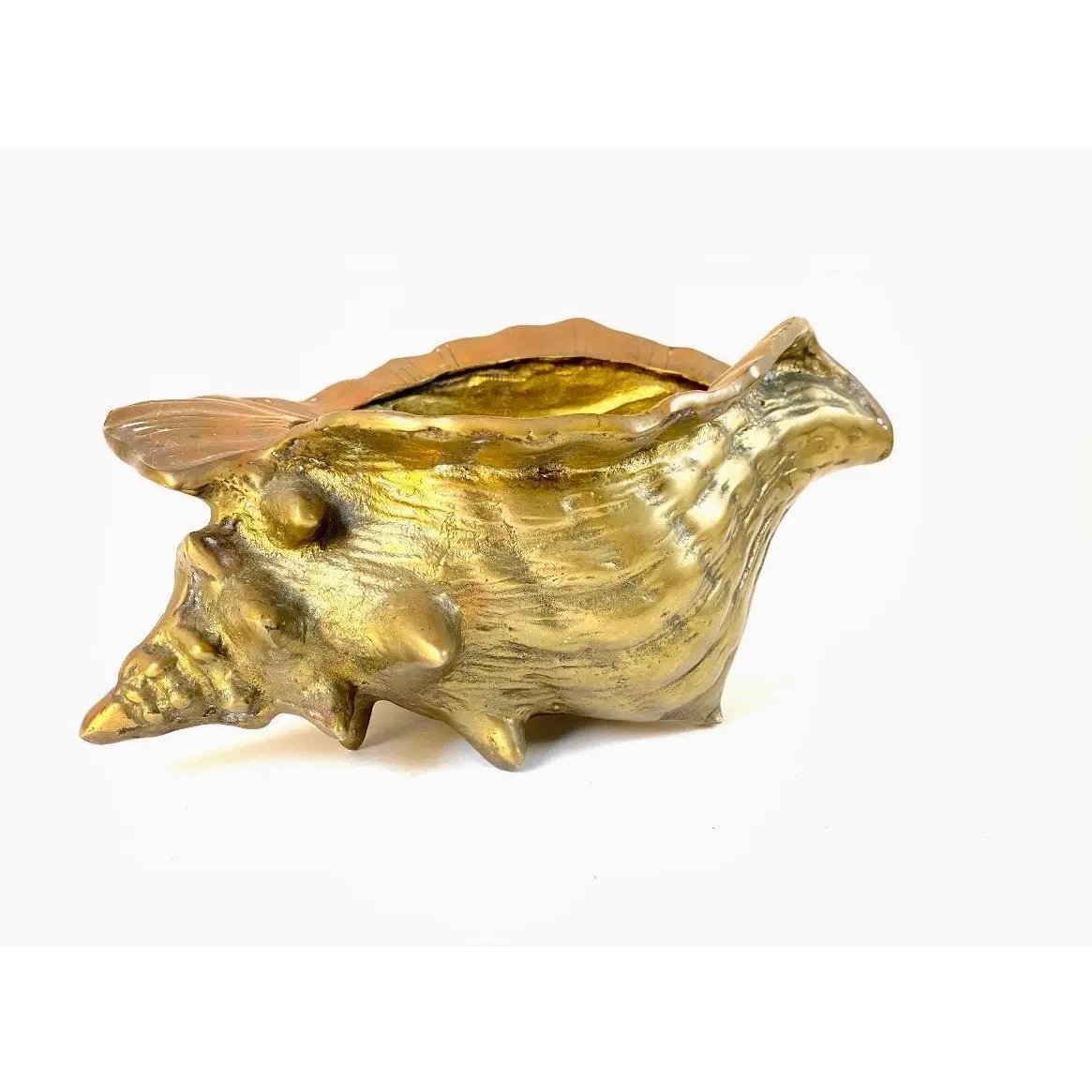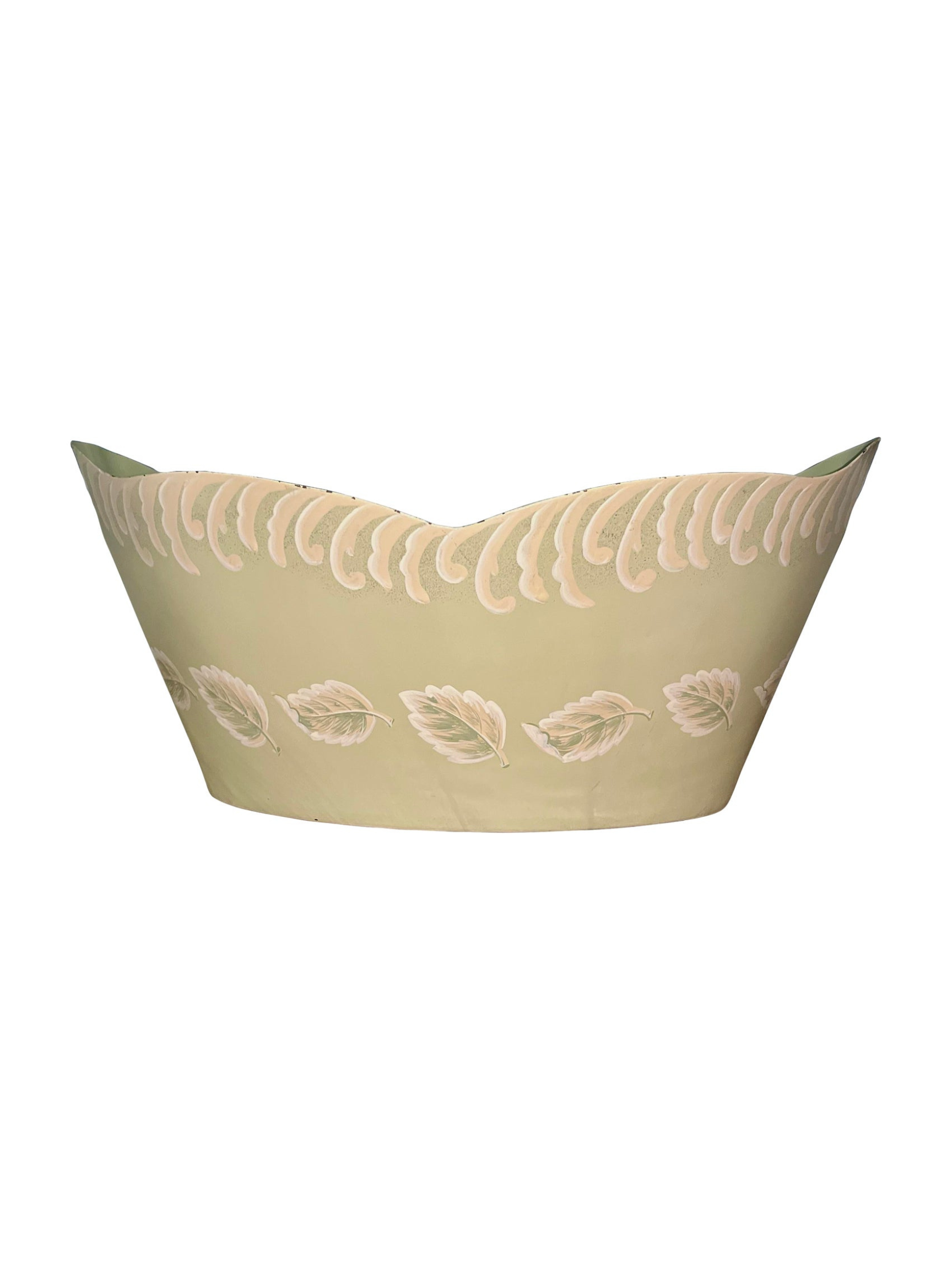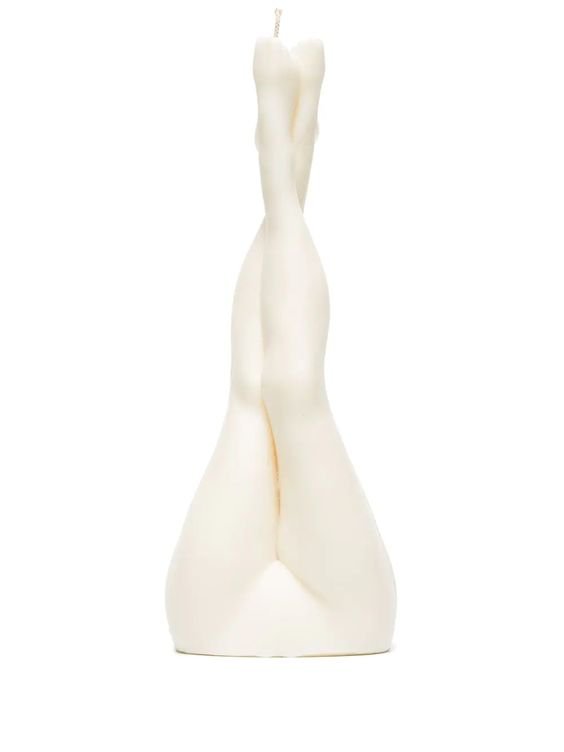Non-Trendy Home Design Trends to Embrace with Abandon in 2023
This year’s design trends create inspiration for home decor that will endure long after.

Here at Sense of Spencer, we are not big fans of trends, as they inherently mean something is disposable — as in, what goes in must go out, eventually. Except we are buoyed to discover that many of the design trends cited by the experts this year have the future in mind, in that they are either directly sustainable or will simply never go out of style.
The design ideas that are trending just so happen to align with our own philosophy on collecting and decorating, with individual expression and longevity at the core. We believe in collecting unique, lovingly crafted objects that spark joy and ultimately become a part of us, feeding our soul and contributing to our well-being. In uncertain economic times, these pieces make a better investment too.
Every product is curated independently. Things you buy through our links may earn us a commission.
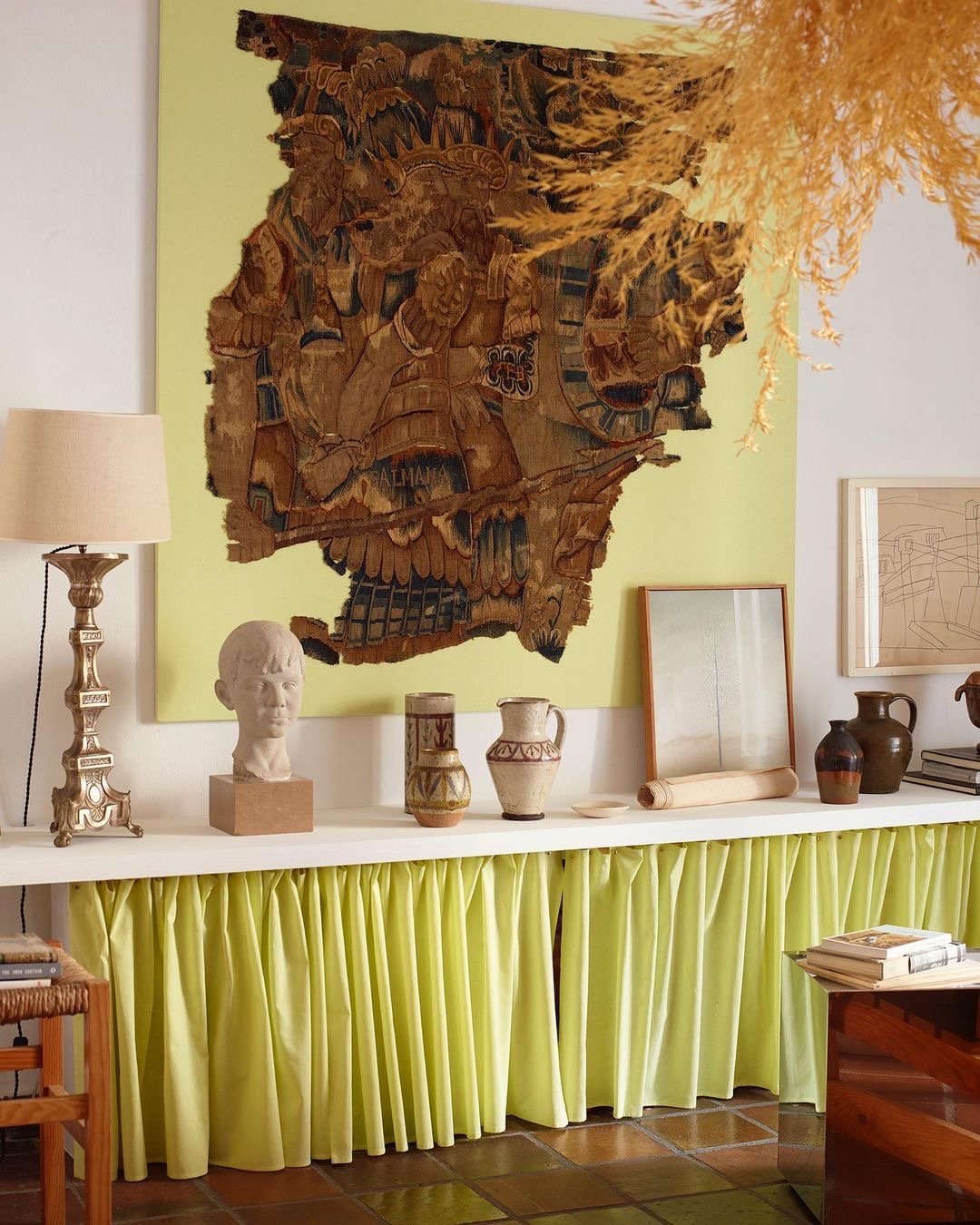
Taking Risks with Color
As people return to pre-pandemic lives with aplomb, their zest for life will be reflected in a vibrant color palette. The stark white and gray minimalist style has reached its inevitable conclusion, and we’ll start to see more and more color infused in decor. The addition of color will bring warmth and dimension to pared down spaces.
Think of nature-inspired hues that burst with life — such as corals, apricots, all the shades of blood orange, apple green, lemon-y yellow. They’ll appear alone as an accent, or juxtaposed with earthy hues like chocolate brown, terracotta or olive. Those still hesitant about color might be more comfortable with less saturated shades of blue and green that appear off white.
This new palette will not be confined only to living spaces — expect to see it in unexpected places where people have tended to go more neutral in the past, like kitchens and bedrooms. For a bigger risk, consider splashing color on statement walls or even cabinetry and appliances. However, keep in mind that smaller doses, such as decorative accents, rugs and pillows, can still make a huge impact especially in more neutral spaces.



Craft is the New Luxury
Say goodbye to cookie cutter and poor quality decor. While the pandemic saw us sitting at home ordering endless goods from China, with the slowdown of the supply chain and time, we’ve come to see the limitations of mass production. While they may have served a fleeting purpose, these disposable goods have an emptiness that is alienating. At the same time, their sameness fails to reflect our individuality.
Instead, people are gravitating toward craft-made furniture and decor that feel special and unique, and are destined to be cherished for a lifetime (and beyond). These can be anything from hand-loomed rugs to detailed woodwork to handblown glass. Objects crafted by artisans connect us to humanity while also reflecting our individual tastes and values. Their effect is to bring warmth and soul to our surroundings.


Everything Old is New Again
Dovetailing with craftsmanship is an increased interest in vintage. Thrifting one-of-a-kind goods is another way to capture one’s individuality and personal style and is better for the environment to boot. There is a thrill to finding something special and claiming it as your own that you just can’t get from retail offerings which are a dime a dozen. Expect to see more places curating and featuring vintage pieces for this discerning shopper.
Instead of gravitating to out of the box coordinated sets, people will be mixing and matching thrifted items, along with contemporary pieces, to create unique spaces. The added benefit is that vintage pieces can be remixed in a myriad ways — in a new surrounding or configuration — to always remain fresh.
Some will find ways to reimagine old things to make them new again whether reupholstering furniture or making adaptations to pieces to give them a whole other use.
Rich Layers
From a styling perspective, the art of layering will be a coveted design style. Layers reflect the move away from minimalism toward more expressive interiors. Showing off our cherished possessions reflects who we are and what we care about and creates a space that hums with life.
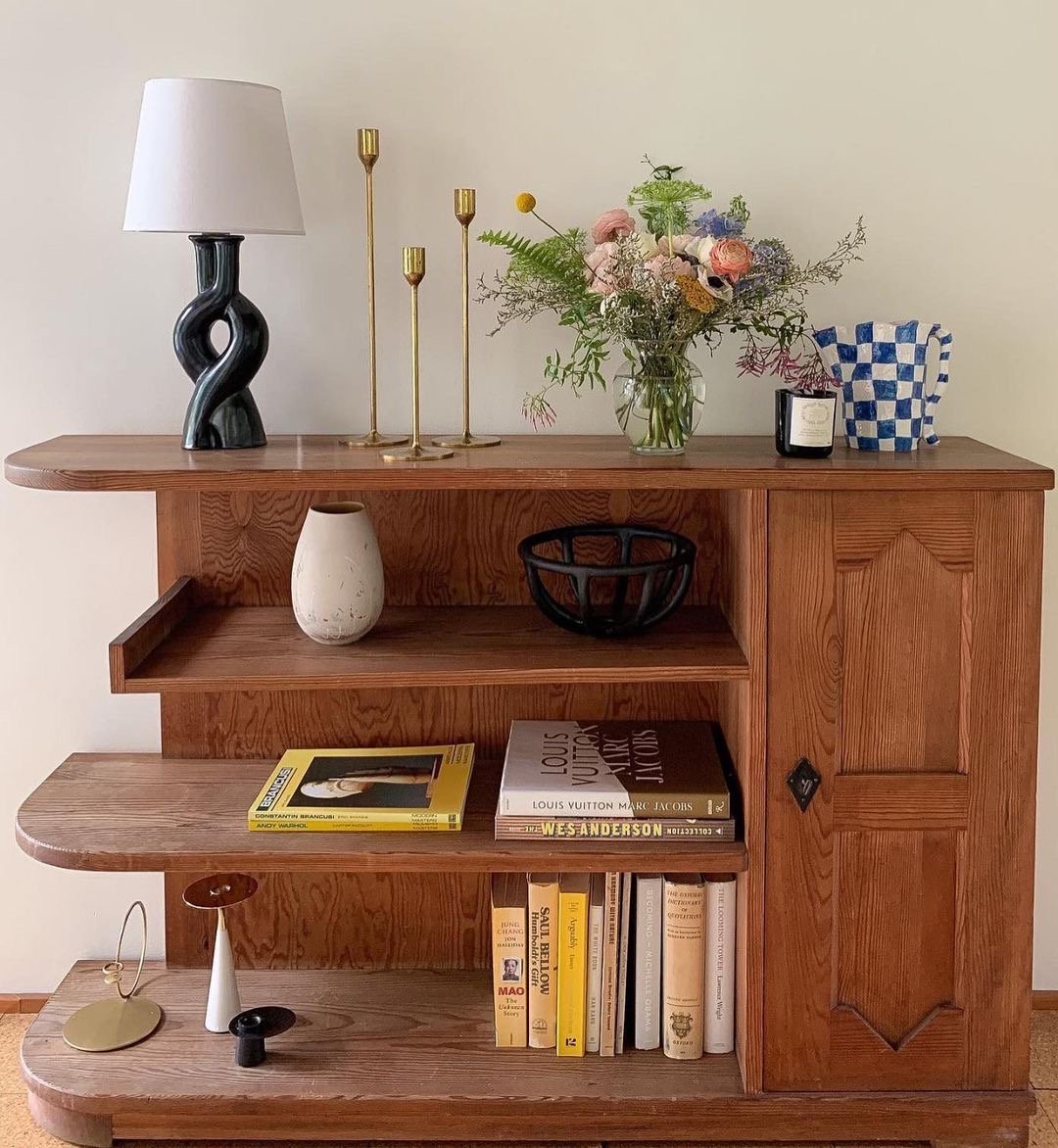

Perhaps as a bit of a compromise with a cleaner aesthetic, we will see more layering of streamlined objects rather than prints and patterns. In light of the above non-trendy trends, these layers will be made up of vintage and/or handcrafted collectible objects and works of art such as busts or obelisks. Lamps can also act as a decorative object when they’re made of unique, sculptural shapes.
The name of the game is to combine these objects to create a visually pleasing tableau. Make a statement by grouping a few larger pieces, or a collection of smaller objects with similar color or material. Try to vary the heights to keep the eye moving around and maximize visual interest. Layers shouldn’t be limited to tables – add to the effect by displaying sculptural objects on walls (via pedestals) and surrounding shelves.
All About Organic
Organic shapes and textures have a soothing quality in homes, which play an important role as a refuge from the chaotic world of today. These natural elements, stripped of synthetics and inherently unique, align with the move away from mass production. Plus, nature never goes out of style, so these pieces have timelessness that makes them a good investment.
Expect to see vessels, objets and even lamps in asymmetrical and curvilinear shapes, as well as rugs, pillows and furniture with raw, unfinished edges. Materials will include burled wood, veined marble, stone and clay. Embrace the imperfection – there is a humbling lesson in that which surrounds us.



